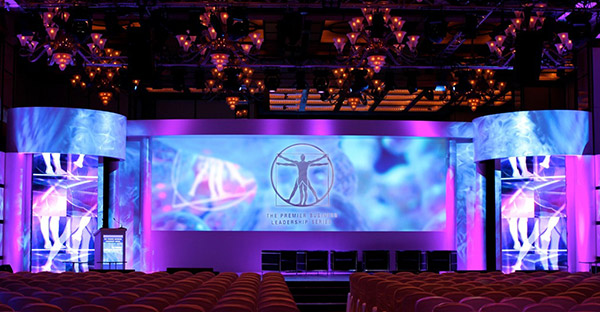Maximizing Aesthetic Effect Via Tactical Content Scheduling in LED Display Performance
Wiki Article
Enhancing aesthetic impact during LED wall shows demands meticulous preparation plus tactical visual timing. Light-emitting diode walls are potent instruments in graphic narration, frequently utilized during musical events, gatherings, plus displays. The efficacy of these screens relies not only just upon the quality of the visuals but also on the manner and when they are presented. By understanding the viewers' focus duration plus the rhythm of the occasion, event planners can craft a more captivating encounter that enthralls spectators plus improves the total performance.
One key aspect of strategic content scheduling is timing. It is essential to align the visuals with the rhythm and pace of the performance. For instance, during a musical performance, images should complement the rhythm and atmosphere of the melody. This alignment aids to forge a unified encounter that pulls the audience in. Additionally, it is important to consider the duration of each visual clip. Brief, striking segments can sustain viewer interest, while longer visuals may be appropriate for instances of reflection or emotional connection. By altering the duration and vigor of the images, organizers can maintain the viewers useful content interested throughout the performance.

Another crucial element is the content itself. The visuals displayed on the light-emitting diode screen should be pertinent to the theme of the performance. This pertinence aids to strengthen the narrative being communicated and makes the experience more unforgettable for the viewers. For instance, if the show is about environmental awareness, using visuals that depict nature and wildlife can enhance the narrative. Furthermore, adding lively features, such as motion graphics or engaging graphics, can add excitement and keep the audience's focus. The appropriate content, shown at the right time, can significantly elevate the impact of the performance.
Viewer involvement is also a key factor in visual timing. Understanding the demographics and preferences of the audience can guide the selection of visuals. For instance, a youthful crowd may react better to bright hues and quick motion graphics, while an mature crowd might value more nuanced and refined visuals. By tailoring the content to the audience's interests, organizers can create a more personalized experience that resonates with viewers. Additionally, incorporating audience participation, such as live polls or social interactions, can additionally enhance engagement and make the performance more interactive.
Finally, evaluating the effectiveness of the content scheduling is essential for upcoming shows. Collecting responses from the viewers can provide valuable information into what was effective successfully plus what could be enhanced. This data can assist event planners improve their approaches and make informed decisions for upcoming performances. By continuously assessing and adapting the content scheduling strategy, event planners can amplify the aesthetic impact of light-emitting diode screen performances plus craft memorable encounters for their audiences.